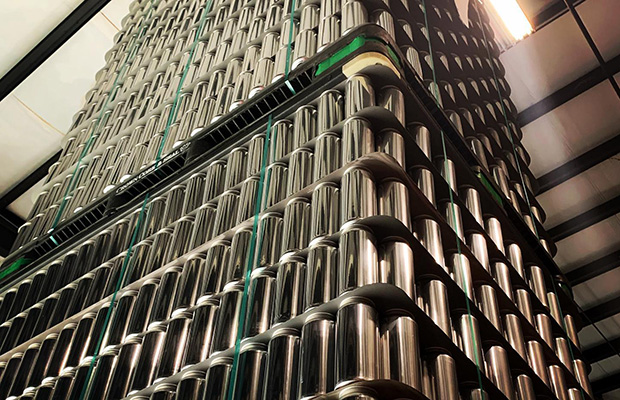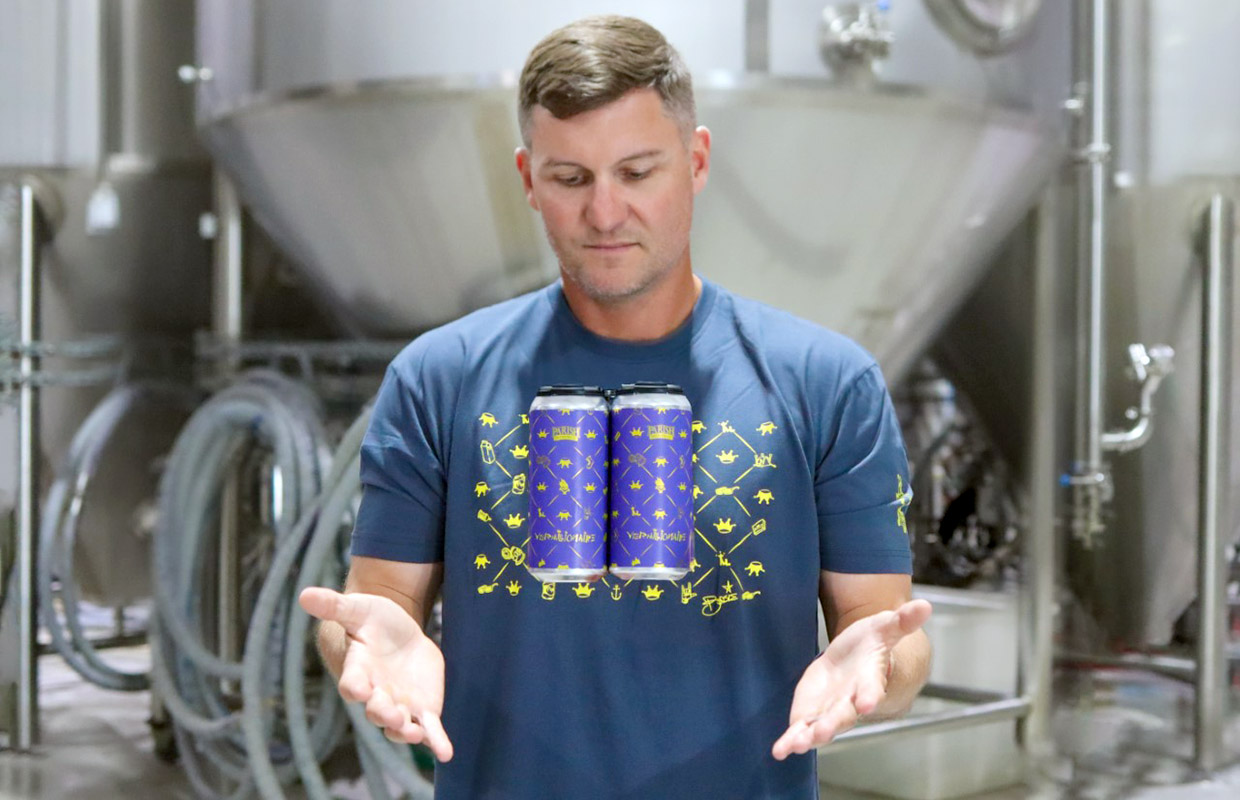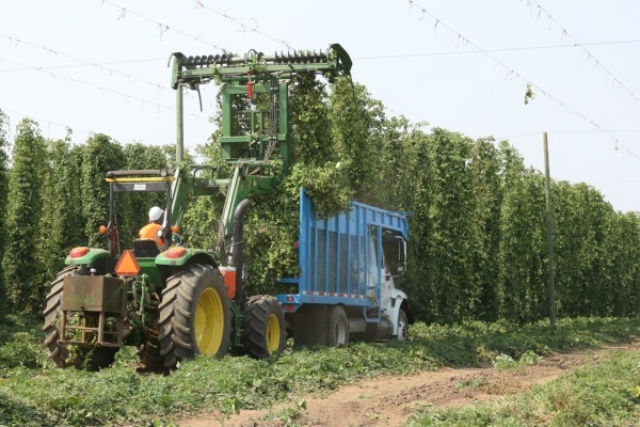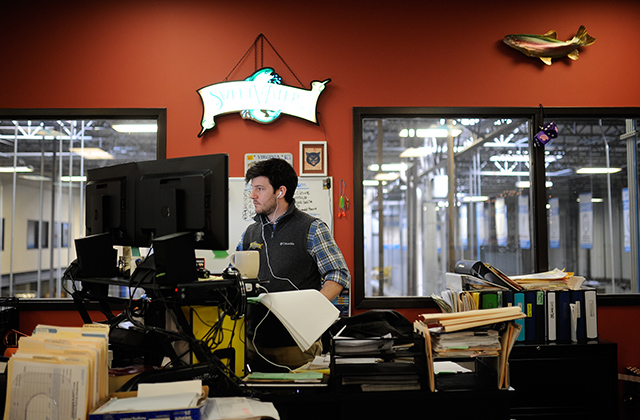
In states where limited seating for smaller breweries has hamstrung sales, a lifeblood has been the ability to sell packaged products to-go.
Jersey Girl ordered its own canning machine in November of 2019 and it was delivered right after COVID started and the state closed down restaurants and bars, said owner Chuck Aaron. The brewery at the time had been loading up on kegs prior so Aaron said they purchased a CODI counterpressure filler machine and learned early on that the machine allows the brewery — which produces around 2,500 barrels per year — to can from the kegs.
“Because of this we were able to move all of our kegged beer into cans for distribution to retail (which remained open) and online sales in our sample room,” he said.
Canning solutions such as that for breweries that have its own canning lines are vital now to keep cash flow moving.
And seemingly with each can of sales being even more important to staying open, spillage is something that is looked at as being avoided as much as possible.
“When we start canning for the day there will inevitably be some amount of loss, which goes with dialing in the system during the start of each run,” pointed out Bootstrap Brewing Lead Packaging Operator, David Brown. “We keep track of our yield on each canning run to get a sense of exactly how much loss we’re experiencing.
“Over the years, however, we’ve gotten pretty good at having a quick and easy startup, which helps cut back on spillage and increases our overall yield.”
To avoid spillage, or in Lone Tree Brewing‘s case — low-filled or over-filled cans — every transition Packaging Manager Dale Hollars explained is to make sure it’s seamless and effortless.
“When changing a pallet on the depalletizer, we must be quick. For any time the machine is not running, a breakout can occur in the lines causing foam and lower can weight,” he said. “Changing your pallet of cans, replacing six-pack rings, replacing labels, even replacing lids can all affect my can weights if the canning line is down for longer than 30 seconds.
“So we want to be quick when doing all of the above mentioned to avoid downtime on the canning line, which leads to product that can’t be sold.”
In terms of getting ready for a canning day means checking all the beer in brite tanks to make sure the product is up to Bootstraps’ standards.
“We check carbonation levels, pressures, and temperatures of all the products we’ll be packaging that day,” Brown said. “Once that’s taken care of we run a CIP process ensuring that all our product lines and packaging equipment is clean and sanitized.
“In addition to our brisk chemical cleaning protocol, we run a variety of tests to ensure our equipment is properly sanitized.”
Bonfire Brewing utilizes an Anton Paar C-box to verify accurate carbonation levels and dissolved oxygen levels, which also helps in reducing beer waste.
Head Brewer Fred Searles said that the beer is allowed to rest for 24 hours once hitting its target carbonation level, and is retested before packaging.
“Filling a keg or two to cool the equipment before we send beer into cans allows us to cool our hoses further below our city supply water temperature, making for easier startup and fewer low-fills,” Searles said.
Cleaning the line the night before then packing with cool sanitizer allows the hoses to cool and the sanitizer to draw remaining heat from the hoses which helps with a faster startup.
“We check our rinse water by conducting an ATP test on all of our CCPs before sanitizing,” he added. “We then reclean exposed surfaces in the morning and re-run ATP tests on the CCPs before sending beer to the line.”
Bonfire will also make sure boxes are folded and ready to go in advance and all materials packers need to have on hand for the day are staged.
“The single best thing we do to ensure smooth canning days are regular preventative maintenance on all equipment associated with packaging,” Searles said.
Added Hollars: “Be vigilant while working the machine, if something can go wrong it most likely will, be prepared, and have tools on hand to fix it. Most importantly, a great canning day starts off with a great attitude, and a good breakfast.”




1 Trackback / Pingback